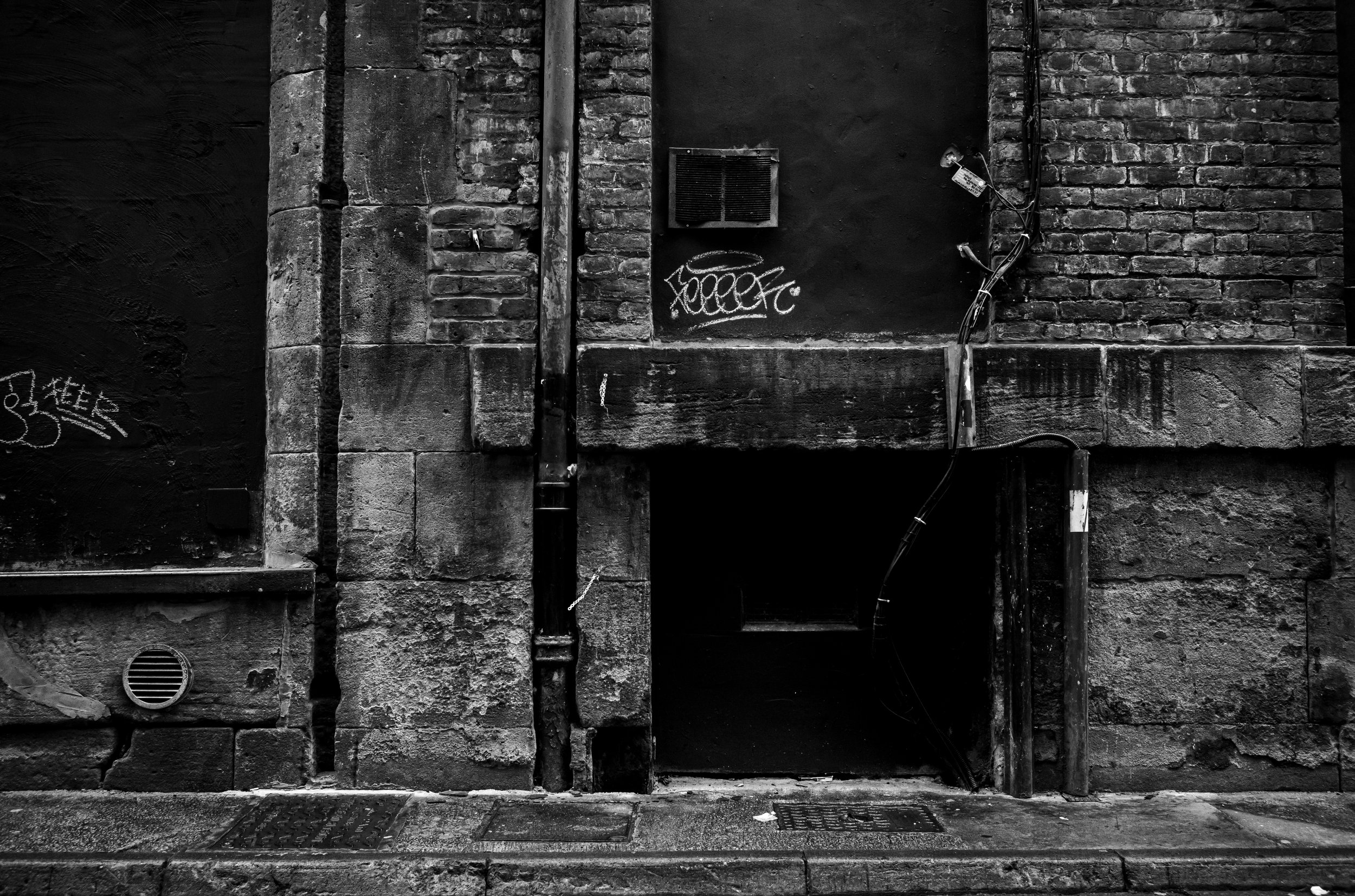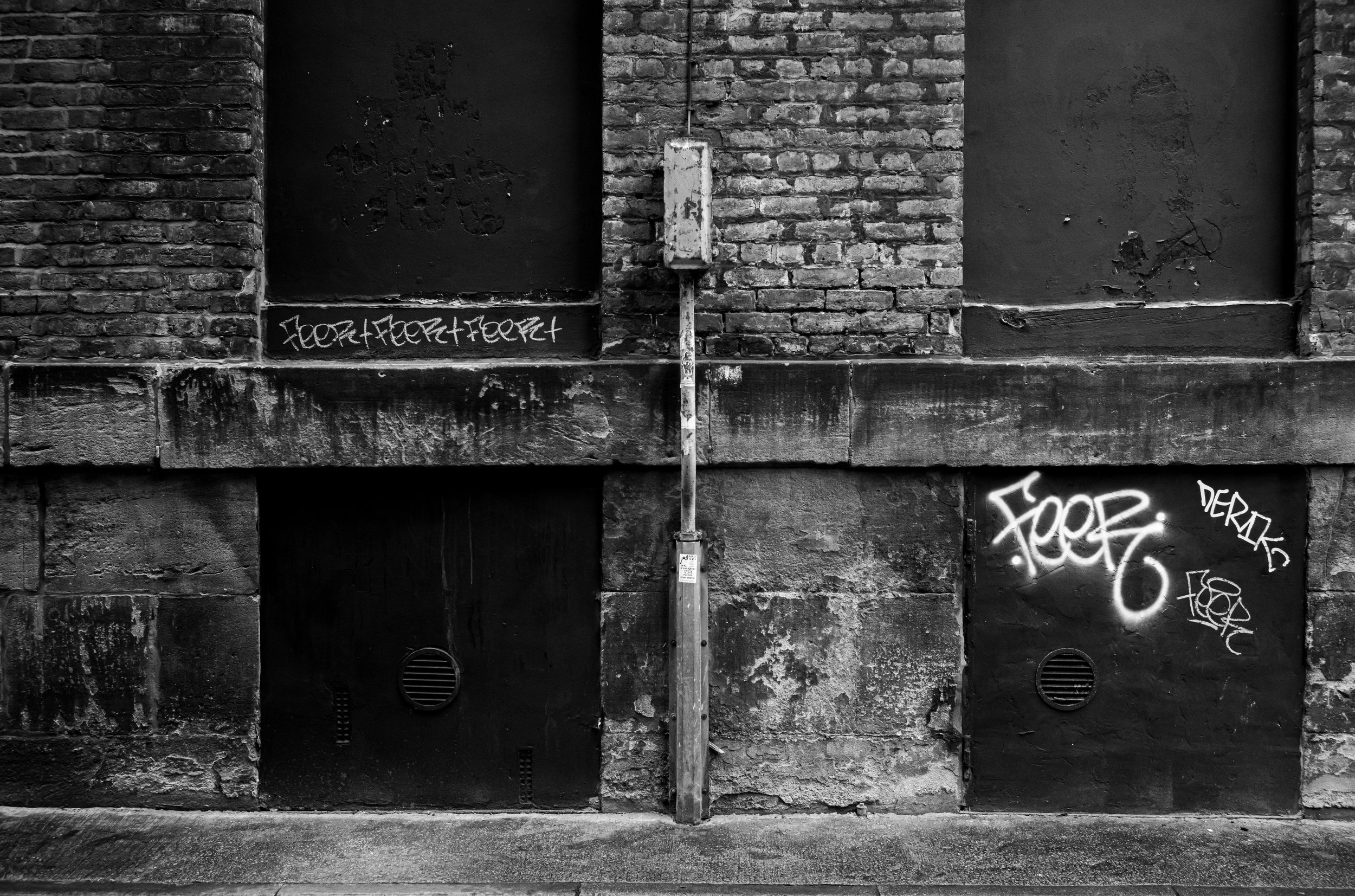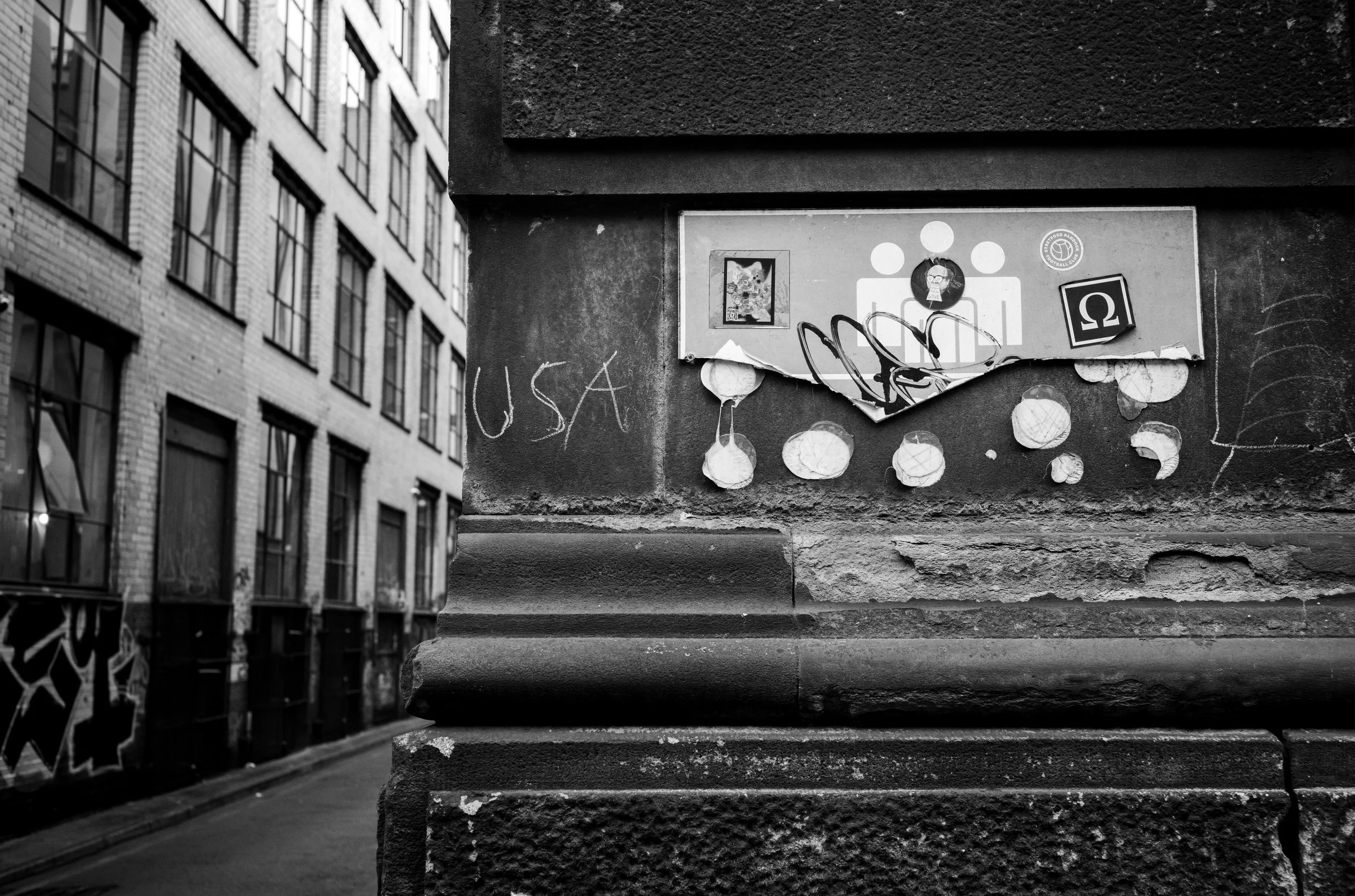
22 Lever Street: All Facade, No Fire
(2025)
22 Lever Street stands there like an old nightclub bouncer who's seen it all, weathered, imposing and improbably still employed. This Grade II listed building wears history the way some people wear vintage clothes: with the original stains still gloriously intact.
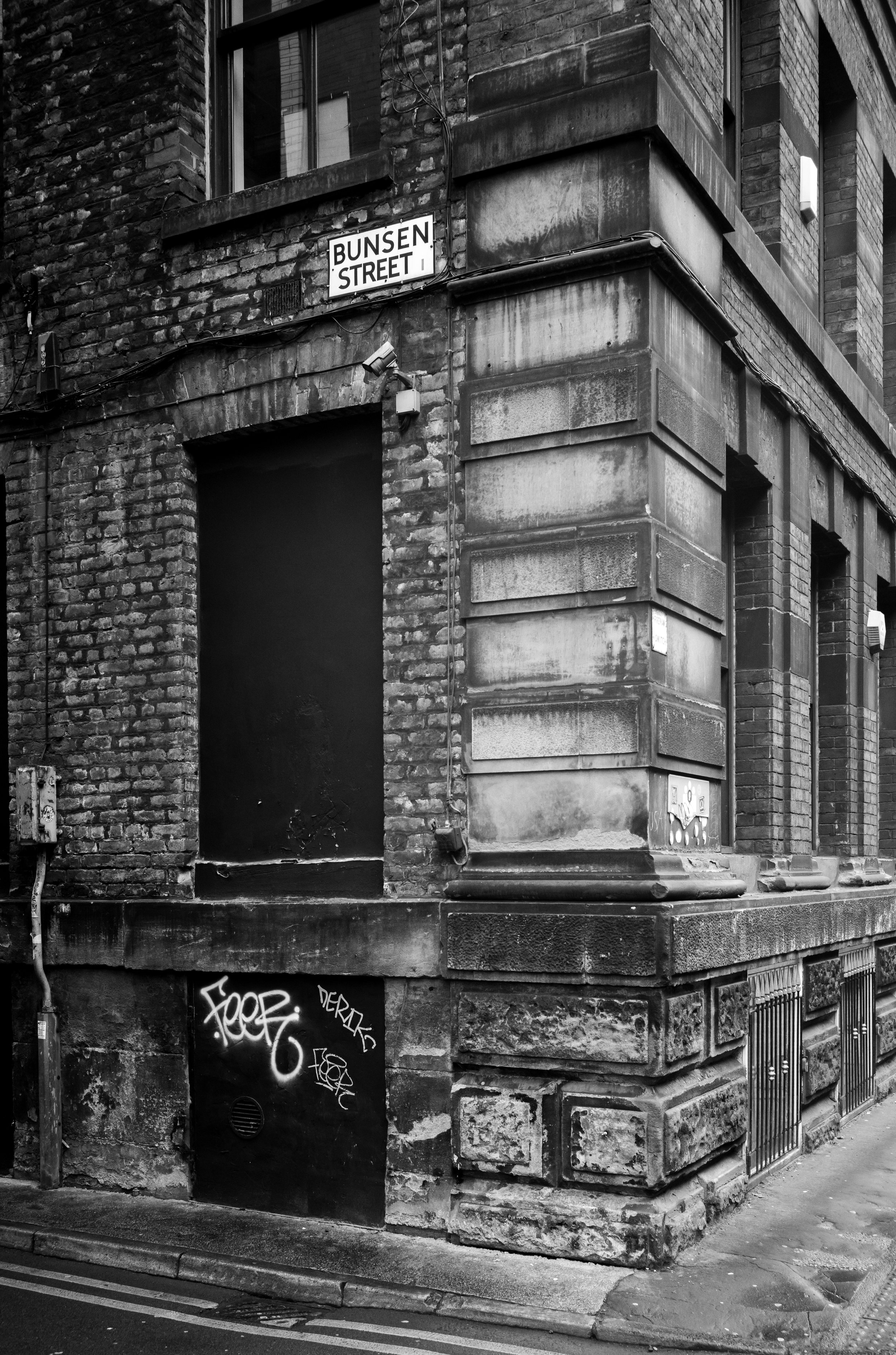

Its soot-blackened stonework tells stories about a time when Manchester manufactured actual things rather than marketing strategies. The magnificent ironwork entrance performs a little Victorian swagger dance every time someone pushes through to attend their 'ideas workshop' or whatever people do in offices now.
I've become slightly obsessed with the contrast. Those industrial bones now wrapped around companies with names like 'EngageFlow' (I made that up, but it's probably real somewhere). There's something wonderfully perverse about nineteenth-century revolutionary architecture being used to house businesses that make digital dashboards for measuring how many people clicked on pictures of biscuits.
The entrance ironwork is particularly captivating, simultaneously masculine and feminine, like the best Victorian design always is. It's showing off and it knows it, a cast-iron curtsy before you step inside. I stood in the doorway a little too long, earning suspicious glances from someone clutching what appeared to be the world's most serious coffee.
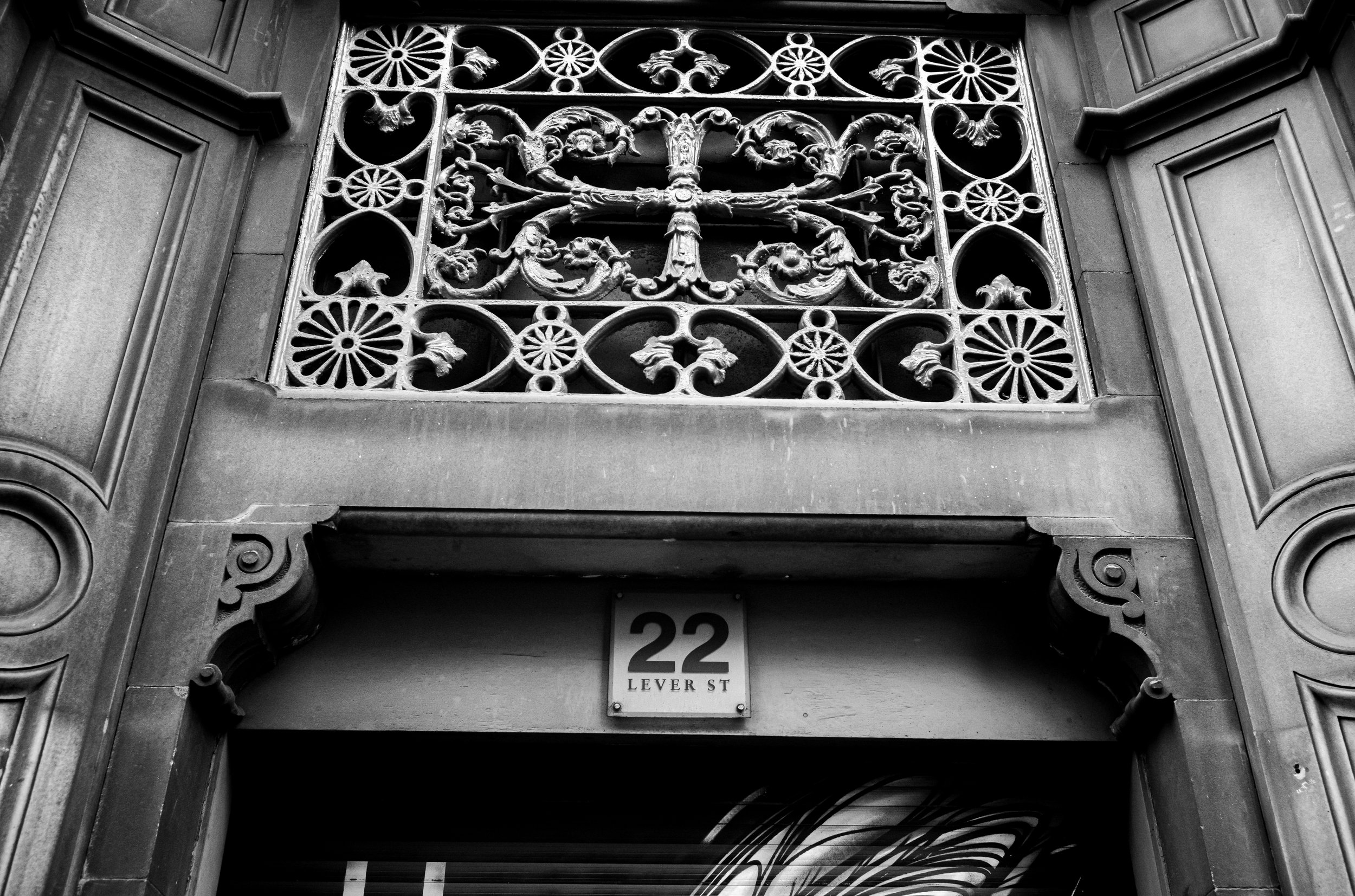
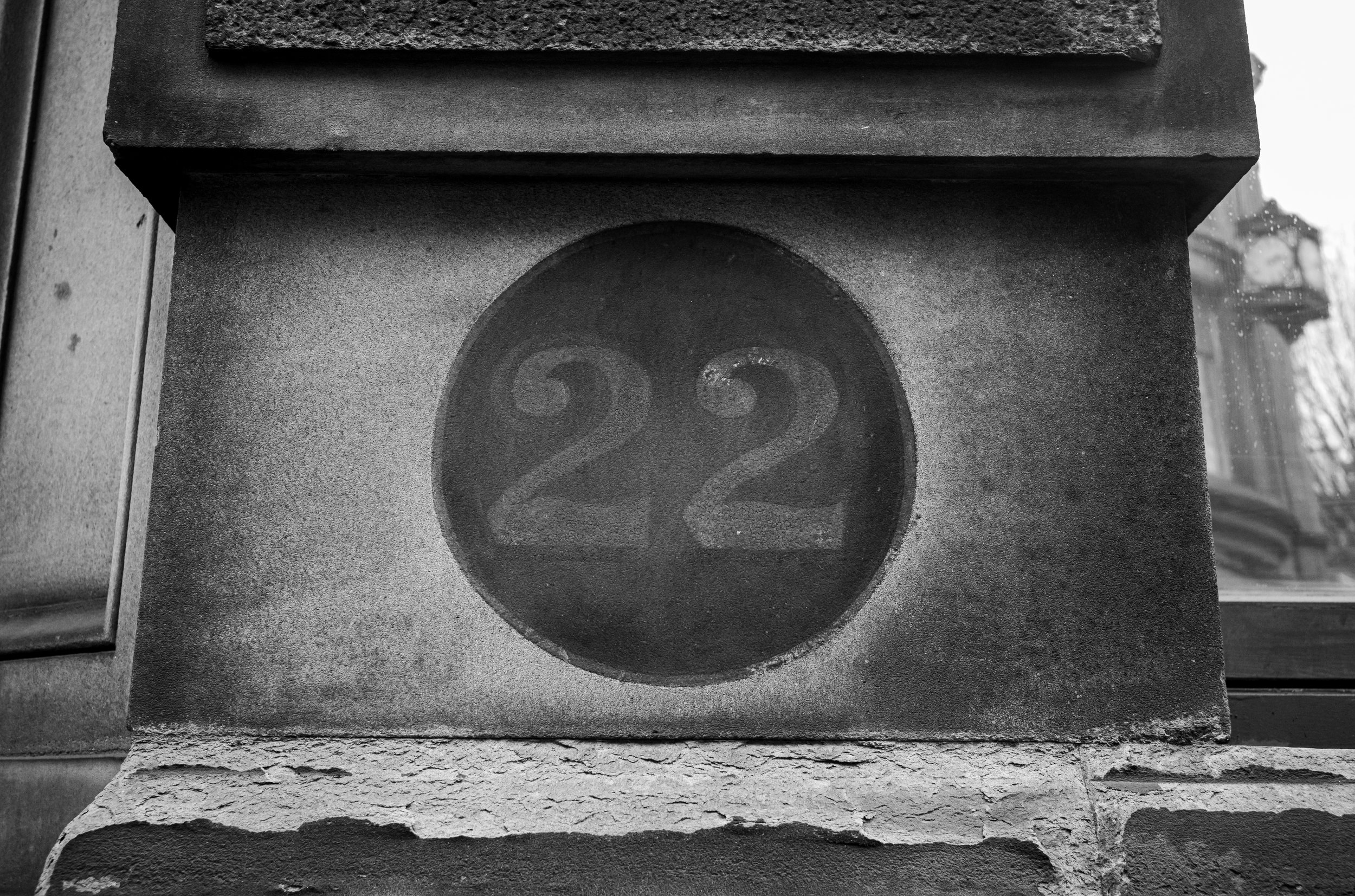
Inside, the building has suffered what estate agents might call a 'contemporary refresh' but what actually resembles a cultural memory wipe. The walls that once housed cotton empires now contain ergonomic chairs and those odd little phone booths where people retreat to argue with their partners during work hours. Everything painted in colours with names like 'Productivity Beige' and 'Disruptor Off-White'.
But look up, past the sanitised compromise of the reception area, and the top windows still frame Manchester's eternally bothered sky the same way they did when this neighbourhood wasn't yet safe enough for oat milk flat whites. They're holding something back.
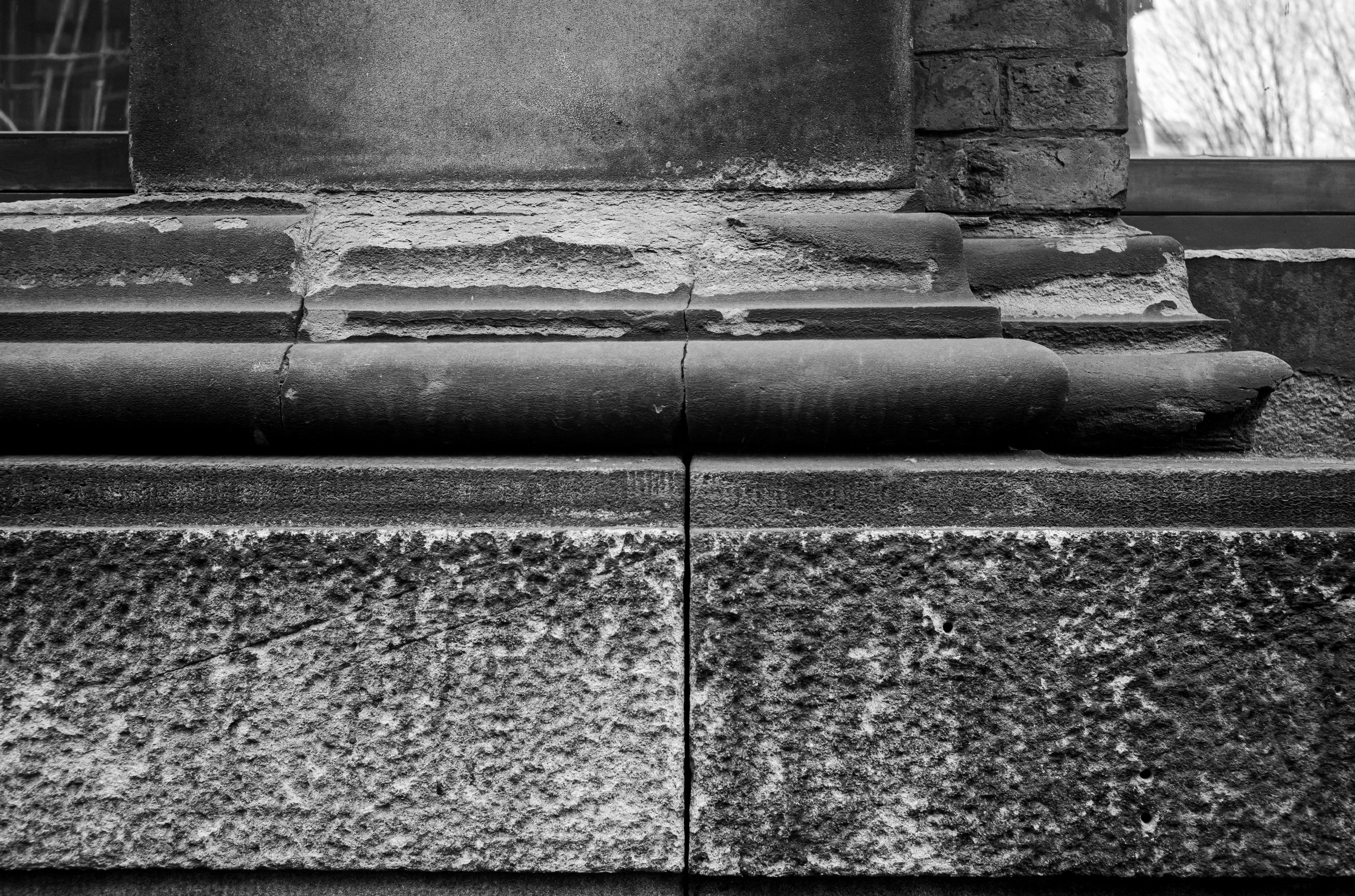
Every floor tells the same melancholy story of domestication, the architectural equivalent of putting a wolf on a leash and teaching it to complete quarterly reports. The building maintains its impressive silhouette but has lost its internal nerve, like a former punk rocker who now worries about his pension scheme and whether his chinos make him look too approachable.
Late afternoon, when a reluctant sun slides through the upper windows, there's a moment when you can almost see what could have been. The stone knows this. The iron remembers. They're just waiting for someone who sees buildings as something other than vessels for hot-desking to remember too.
